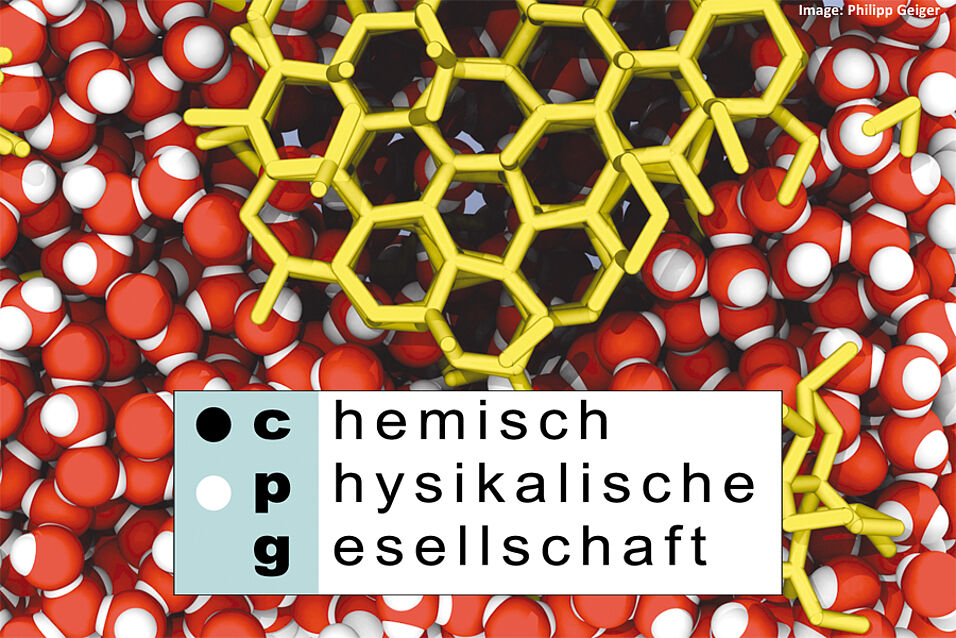Vortrag im Rahmen der Chemisch Physikalischen Gesellschaft
Many bulk compounds have van der Waals layered phases at pressures and temperatures other than those of the ambient [1], and in principle, similar to graphene and boron nitride, among others, one could exfoliate them down to thickness of a monolayer under the right physical conditions. In practice, however, the separation of single layers under extreme temperatures, for instance, is virtually impossible, and beyond the crystallographic identification with x-ray or neutron diffraction experiments within high pressure anvils, the properties of such materials remain largely unexplored. In my talk I will outline an alternative route to access these exotic phases based on room temperature intercalation chemistry of graphene oxide, and along with a high-temperature phase of vdW layered CuI [2], I will demonstrate also other exotic structures obtained by the same approach on the 2D limit. Although I will present also data of their optical responses, our analysis of the structures is largely based on experiments conducted in an aberration corrected Nion UltraSTEM100 microscope. The Nion microscope
has been purpose-built for observations under ultra-high vacuum (UHV) conditions, it is capable mapping the elemental composition at sub-Angstrom resolution, and is located on the ground floor of the University of Vienna sky observatory outside the city center.
1. Mounet N. et al., Nature Nanotechnology, 13 (2018), p. 246-252. doi:10.1038/s41565-017-0035-5
2. Mustonen K. and Hofer C. et al., Advanced Materials, 9(34) (2022), p. 2106922. doi:10.1002/adma.202106922

